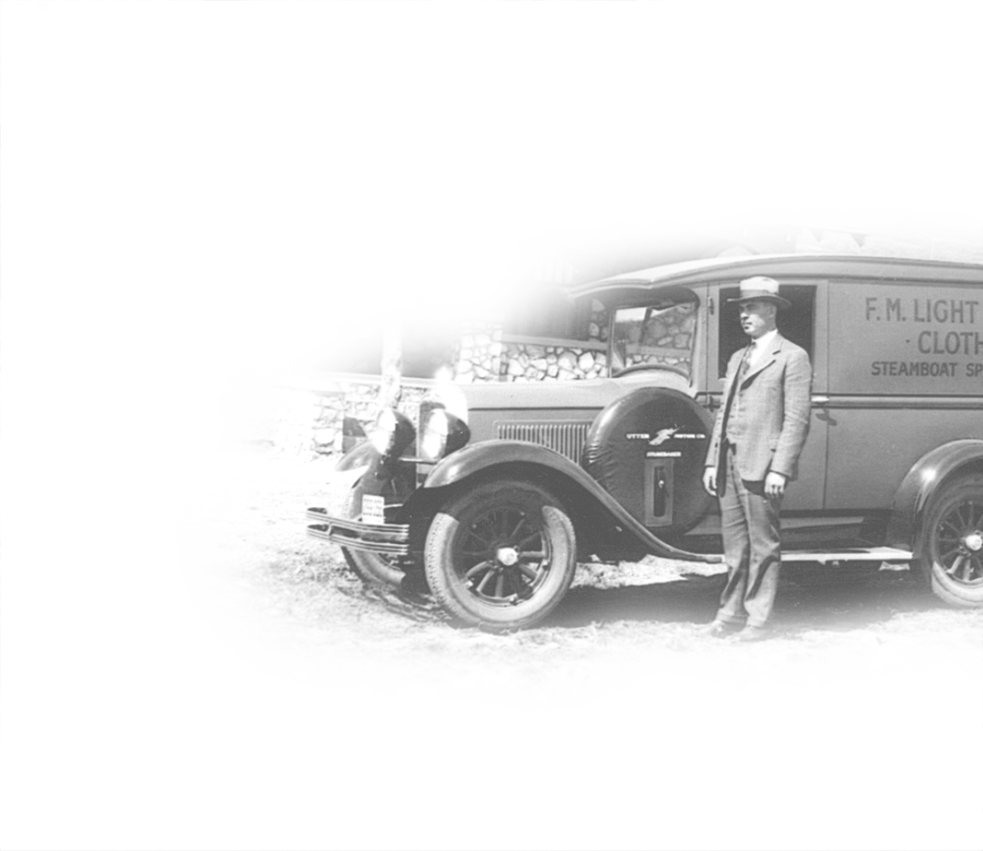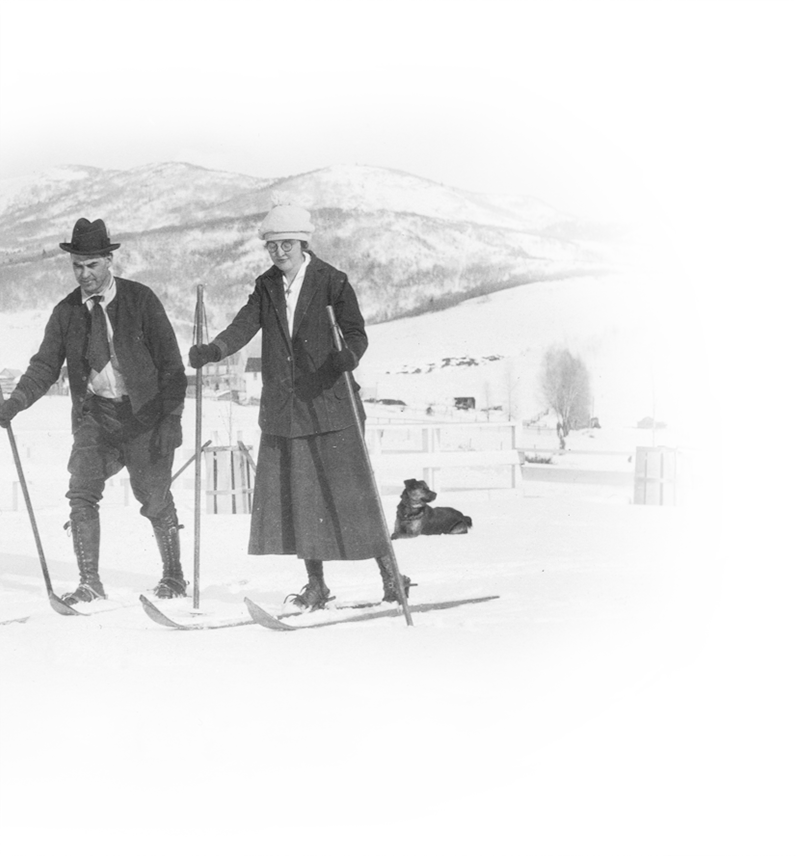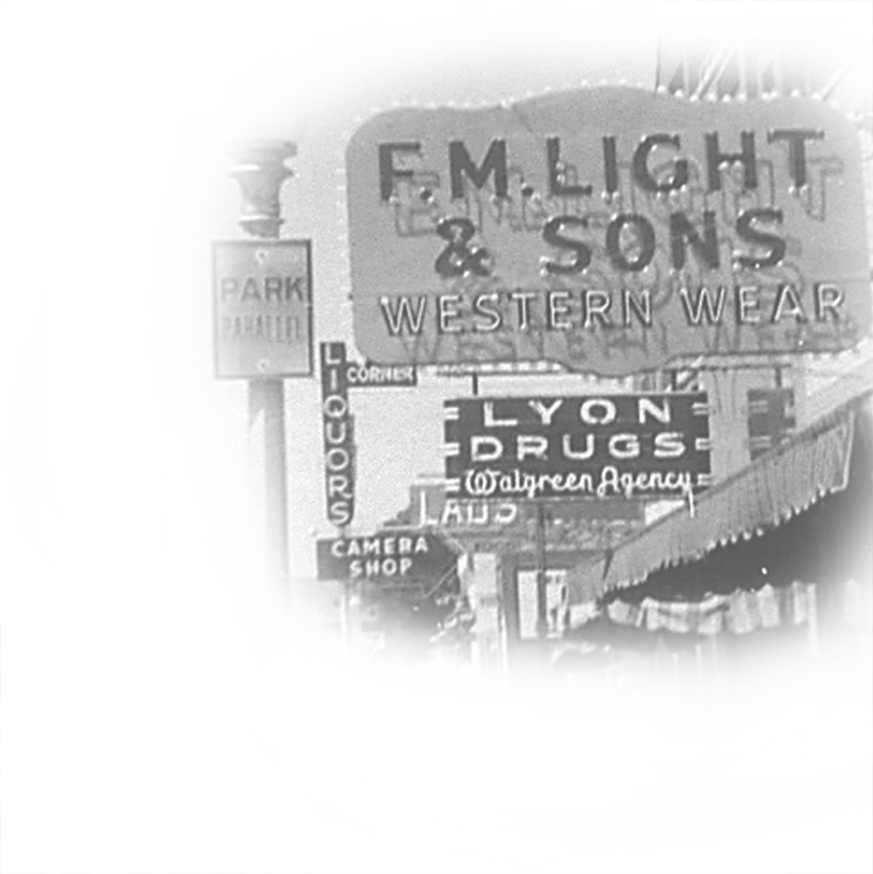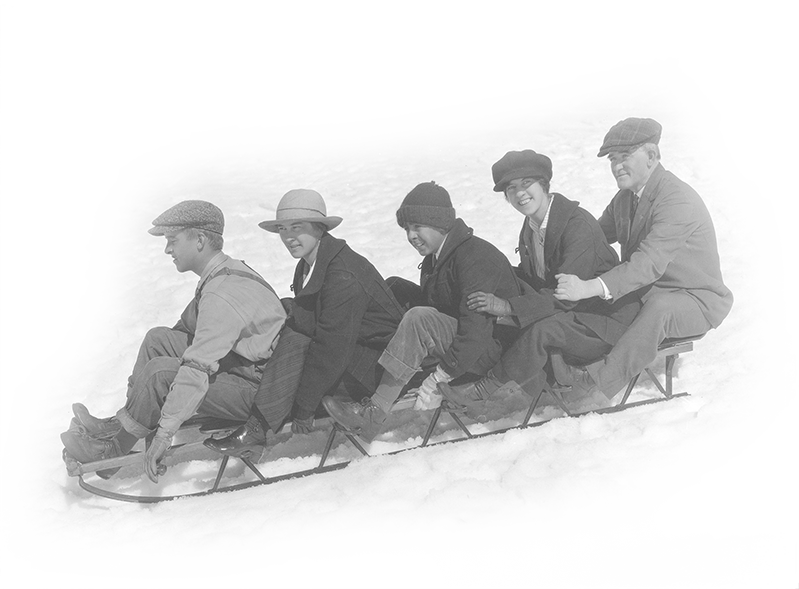What’s up with Barbed Wire?
Where did it come from? Is its sole purpose to torment hikers and trespassers? Believe it or not, barbed wire took years of experimentation and hundreds of patents to perfect. There is much debate about whether this pointy fencing aided in ruining or taming the Wild, Wild West.
1500 – 1800
Thorns and goat-hair sounds deadly, doesn’t it? Well, that is what nomadic Arabic herders weaved together to keep their stock in line. And this was groundbreaking; most livestock enclosures consisted of whatever material existed in the area: Rail fences where there were trees, rock walls where there was stone, and brush, cactus, ditches and hedges were utilized. Obviously the limits of terrain limited where fences could be placed, resulting in small enclosures around homesteads and ranches. Smooth wire, which dated back to 400 A.D, was relatively available. A problem, however, surfaced. Apparently, livestock were not deterred by smooth wire. The solution? Wire with points.
1868
A man named Michael Kelly applied for a patent: diamond-shaped barbs that were threaded onto iron wire. It didn’t catch on for various reasons until the 1873 Delkalb Illinois County Fair. Three men, Joseph Glidden, Jacob Haish and Isaac L. Ellwood saw a new invention: Sharp nails protruding from a wooden rail, strung up with a smooth wire fence. The race was on: The demand for dependable fencing was enormous, and the man lucky enough to invent it would be crowned champion. Using a coffee grinder to add the barbs, the Supreme Court awarded him the title of “Father of Barbed Wire.”
The Devil’s Rope
Now, you just might be wondering where the debate concerning barbed wire surfaces. Well, I’m about to clue you in: religious groups declared the new invention barbarous (pardon my pun). They called it the “work of the devil,” because of the pain it inflicted on livestock. Barbed wire quickly became known as “The Devil’s Rope,” and its removal was demanded. Eventually, the issue was resolved, but another surfaced: Free range grazers became alarmed that the new barrier would destroy their livelihood; trail drivers were worried that their herds would be blocked by settler fences. This began another chapter in barbed wire history:
The Fence Cutter Wars.
Violence between landowners and the free ranger grazers and trail drives erupted. After many deaths and huge financial losses, the wars ceased. The turning point in this saga was when John “Bet a Million” Gates began a campaign to prove the importance, durability, and usefulness of barbed wire in successfully controlling livestock. His salesmanship made him the larges stockholder in American Steel and Wire Company and made him a legend in the saga. Barbed wire was unofficially accepted after large ranches (such as The Frying Pan Ranch, the XIT and the JA Ranch) in Texas began fencing with barbed wire, and it caught on. As a result:
- There are over 530 patented barbed wires
- Around 2,000 variations
- More than 2,000 patented barbed wire tools.
- There are countless collectors of barbed wire paraphernalia; the biggest collection is housed in the National Cowboy and Western Heritage Museum in Oklahoma City, which has over 8,000 samples of barbed wire in their archives.
Quite the story, isn’t it? And who knew that such a simple thing as pointy wire could change so many peoples’ lives. It just goes to show that even the simplest, most unassuming things can change history.





Pingback: The Purpose of Western Garb: Jeans » F.M. Light and Sons | Men's and Ladies Clothing and Cowboy Boots - Historic, Western Apparel Store in Steamboat Springs, CO